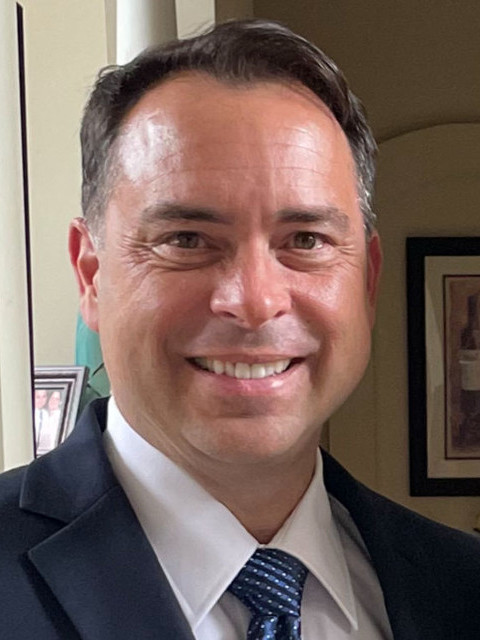
Which complex reduces ubiquinone?
The structure of complex I has been analyzed by x-ray crystallography and electron cryo-microscopy and is now well-described. The ubiquinone (Q) reduction site of complex I is buried in the peripheral arm and a tunnel-like structure is thought to provide access for the hydrophobic substrate from the membrane.
Unraveling the Ubiquinone Enigma
Are we truly aware of the complex choreographies that occur within our bodies, moments beneath our consciousness? One such fascinating dance happens deep within our cells, in the realm of the electron transport chain. But what happens when a star player, ubiquinone, is called off the stage? It’s akin to a thespian stepping out of the spotlight and into the shadows, a prime mover shifting gears, and this transition initiates a domino effect in the biochemical ballet of life. The focus of our discussion today is to unravel this process, step into the unseen world of our cells, and shed light on the question, “What reduces ubiquinone in the electron transport chain?”
Quantum Steps in the Cellular Dance
Ubiquinone, also known as coenzyme Q10 or simply CoQ10, is our star character. Tucked within our cellular powerhouse, the mitochondria, coenzyme Q10 swings into action as an electron carrier within the electron transport chain (ETC). Imagine it as a key player who continually switches between two states – the oxidized state (ubiquinone) and the reduced stage (ubiquinol) – like a dancer twirling with grace and precision, creating a rhythm of life.
The First Act: Reduction of Ubiquinone
Ubiquinone’s normal state is oxidized, jointed in biochemical bonds, the stuff of life’s basic building blocks, ready for action. In the first act, it gracefully hands over two electrons to complex I and II, like passing the baton in a relay race. In this process, ubiquinone is reduced to form ubiquinol, stepping into the spotlight and awaiting the next steps in the dance of life.
Ubiquinol in the Limelight
Once transformed into ubiquinol, the plot starts to thicken. Our spotlighted protagonist is now loaded with potential energy, the same energy you feel at the peak of a roller coaster ride, just before the thrilling descent. This providential state is what enables ubiquinol to pass electrons to complex III, another integral part of the ETC.
The Second Act: Ubiquinol to Ubiquinone
This is where the magic happens. Ubiquinol, now at the height of its potential energy, passes one electron to complex III, before reducing back to its ubiquinone state. It’s a breathtaking twirl, a perfectly executed maneuver that sets the stage for the grand finale in the intricate ballet of the ETC.
The Grand Finale: Driving the Proton Pump
Back in its ubiquinone form, CoQ10 once again steps out of the limelight, its momentous twirl carrying forward the momentum of the ETC ballet. This back-and-forth dance, this handover of electrons down the chain, is what ultimately drives the proton pump. This is the very heartbeat of our cells, truly the rhythm of life.
The Power of Transformation
The constant to-and-fro, the oxidized and reduced states of ubiquinone, is not just a fancy footwork of the cellular dance but the powerhouse of life itself. The transformation of ubiquinone is, in fact, a symphony of life – pulsing with energy, integral to cell respiration, and fundamental to our very existence.
Ubiquinone: More Than Meets the Eye
Is ubiquinone more than just a chemical component of the ETC? Absolutely. It’s a vital cog in the wheel of life, an agent of cellular energy transfer, a biochemical beacon that lights up the darkness of our cells with its ceaseless transformation. In essence, it is the foundation on which the magnificent mansion of life is built.
The Ubiquitous Hero
Ubiquinone gracefully exits the stage, leaving us in awe of its performance. It is indeed the unsung hero of our life’s unfolding drama, the pulse beneath every breath, the power within every cell. It’s the silent superstar, ubiquitous yet unseen, powering the resounding orchestra of life.
In Conclusion
To answer the question we started with, it’s the electron transport chain itself that reduces ubiquinone, turning it into ubiquinol and back again in the vibrant waltz of life. This breathtaking choreography within our cells might be unseen, but it doesn’t make it any less critical.
Frequently Asked Questions
1. What does ubiquinone do in the electron transport chain?
Ubiquinone acts as a carrier that transports electrons through the ETC.
2. Is ubiquinol the same as CoQ10?
Yes, ubiquinol is the reduced form of ubiquinone, and both are forms of CoQ10.
3. What happens when ubiquinone is reduced?
Reduction of ubiquinone turns it into ubiquinol, which carries electrons to other complexes in the ETC.
4. Why does ubiquinone move between oxidized and reduced states?
These transformations help transfer energy through the ETC, powering the crucial process of cellular respiration.
5. Where can I find ubiquinone in my diet?
Ubiquinone, or CoQ10, is naturally found in foods like beef, chicken, fish, nuts, and some fruits and vegetables.



